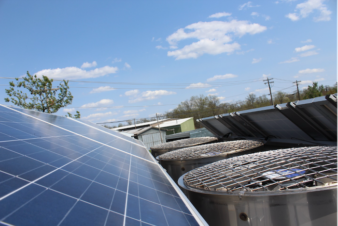Ontario, Calif. — The International Association of Plumbing and Mechanical Officials (IAPMO) has released hardcopy and digital versions of its 2018 editions of the Uniform Solar, Hydronics and Geothermal Code (USHGC) and Uniform Swimming Pool, Spa and Hot Tub Code (USPSHTC). Both the hardcopy and eBook (viewable on computers, tablets and smart phones) versions can be purchased and downloaded via the IAPMO web store at https://bit.ly/2MtTToT.
The USPSHTC is a model code developed by IAPMO to govern the installation and inspection of both public and private swimming pools, spas, and hot tubs to increase the safety of their operation.
Key provisions of the 2018 USPSHTC and changes from the 2015 edition include:
• New listing requirements for underwater luminaires
• New accessibility regulations for pool lifts and accessible routes to swimming pools, spas, and hot tubs
• New requirements for self-contained spas
• New provisions for underwater audio equipment
The USHGC is a model code developed by IAPMO to govern the installation and inspection of solar, hydronic, and geothermal energy systems as a means of promoting the public’s health, safety and welfare. Published previously as the Uniform Solar Energy and Hydronics Code, the 2018 edition adds significant provisions concerning hydronic and geothermal systems.
Key provisions of the 2018 USHGC and changes from the 2015 edition include:
• New insulation and fasteners provisions for radiant and heating/cooling systems
• New snow and ice melt system controls
• New slab penetration tube and joint protection used in hydronic systems
• New listing requirements for ground coupled and water source heat pumps
• New certification of DX heat pumps
• New testing of vertical boreholes
• New heat transfer mediums for geothermal systems
• New provisions for ground heat exchanger testing
• New provisions for geothermal system start-up
• New electrical provisions for the installation of solar photovoltaic systems based on NFPA 70-2017
IAPMO first developed and published the Uniform Solar Energy Code in 1976 in response to a growing interest in residential and commercial solar energy systems. Just like the 2009, 2012, and 2015 editions of this code, the 2018 USHGC was developed using the American National Standards Institute (ANSI)-accredited open consensus process.




Join the conversation: